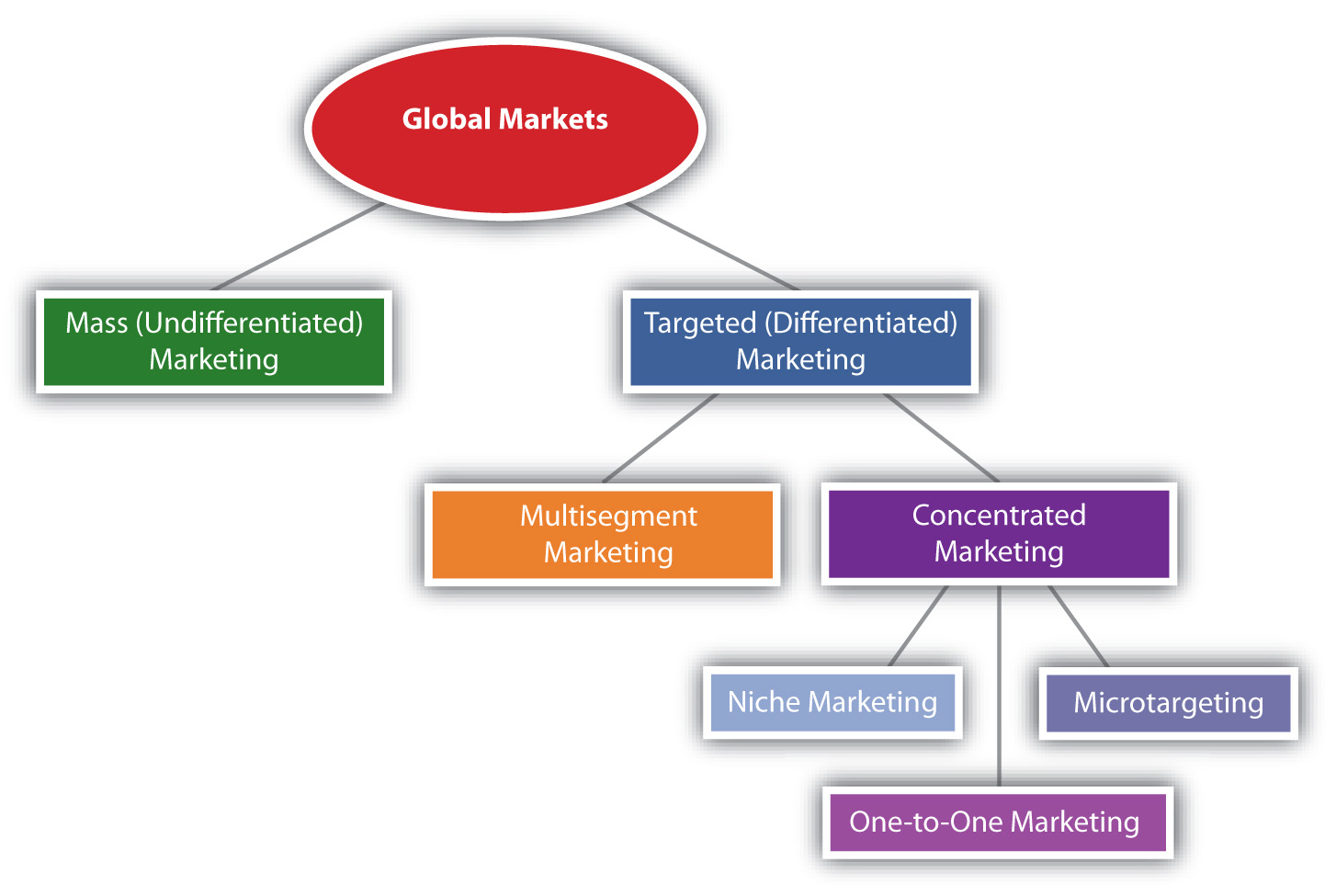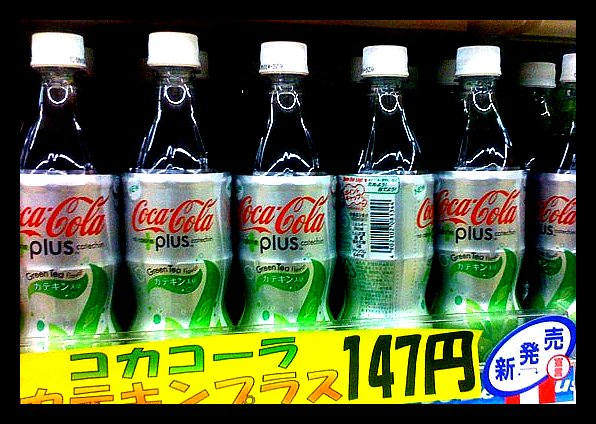Our talented team know how to excite, inspire and engage. With backgrounds in events, entertainment and travel, we’re full of ideas for amazing prizes and unforgettable incentives!
At Fulcrum, we all come to work every day because we have a shared love of travel and delivering once-in-a-lifetime experiences.
Our team meetings are buzzing with fresh ideas, brand new experiences and glowing feedback from our travellers. We know what makes a great incentive, we have an encyclopaedic knowledge of the best experiences around the world, and we have an ever-expanding ‘little black book’ of the most exclusive suppliers in the business.
In addition to our creative ideas and experience, we know that our clients value our expertise and dedication to solving problems rather than creating them. Prizes and incentives are our world, but we understand that our clients have other priorities, so we make sure we’re delivering our ideas on-time, on-budget and on-brand. We thrive on tight deadlines, logistical challenges and creating perfectly tailored solutions, without the headaches!
About us
Perfect solutions every time
As a leading marketing Agency, we’re immensely proud to work with brands and agencies across a huge range of sectors and industries, giving us an unrivalled breadth of experience.
we have created and fulfilled prizes for promotions and activations across the world.
Our aim: help our clients achieve their goals through our experience and expertise, taking the stress and hassle out of prize fulfilment.
We work for both direct brands and agencies, often in collaboration or with other specialist agencies and partners. Many of our clients have existing assets – from festival tickets to sports hospitality – which we help them to build into the best possible prize packages. Others want to create unique, eye-catching marketing and btl content around their prize winners. We can deal with winners from any country and in any language; we can provide a full btl management service; we can even source camera crews for content capture.
Whatever your brief, we’ve got it covered.
SALES INCENTIVES
Driving sales and performance through tailored, flexible incentive programmes
With pressure always on to drive sales and performance, sales incentives are an essential part of rewarding achievement within many companies. From internal staff reward programmes to dealer and channel incentives, there’s no better way to create a happy, engaged and motivated workforce.
Our main goal is to understand your people and what makes them tick. From hundreds in a call centre team to a small on ground sales team, a clear overview of your audience is the most important part of the process. By taking a best approach, offering maximum choice and flexibility, we create incentives which are targeted, effective and tailored to your team.
Whether it’s sales rewards, dealer incentives or channel incentives, drop us a line; we’d love to help you drive sales with our fresh and creative approach to prizes and incentives. From once-in-a-lifetime holidays to mini-breaks, high-street vouchers and designer goods, you can rest assured that with Fulcrum you’re in safe hands.
24 hour turnaround for urgent briefs
Topline ideas within 2 hours if needed
Competitive fixed quotes with no hidden costs
Expert Winner Management and Fulfilment
Retail Marketing Team | engagement marketing firm Shivaji Nagar
Selecting Target Markets and Target-Market Strategies
5.3 Selecting Target Markets and Target-Market Strategies
Learning Objectives
- Describe the factors that make some markets more attractive targets than others.
- Describe the different market-segmenting strategies companies pursue and why.
- Outline the market-segmentation strategies used in global markets.
Selecting Target Markets
After you segment buyers and develop a measure of consumer insight about them, you can begin to see those that have more potential. Now you are hunting with a rifle instead of a shotgun. The question is, do you want to spend all day hunting squirrels or ten-point bucks? An attractive market has the following characteristics:
- It is sizeable (large) enough to be profitable given your operating cost. Only a tiny fraction of the consumers in China can afford to buy cars. However, because the country’s population is so large (nearly 1.5 billion people), more cars are sold in China than in Europe (and in the United States, depending on the month). Three billion people in the world own cell phones. But that still leaves three billion who don’t (Corbett, 2008).
- It is growing. The middle class of India is growing rapidly, making it a very attractive market for consumer products companies. People under thirty make up the majority of the Indian population, fueling the demand for “Bollywood” (Indian-made) films.
- It is not already swamped by competitors, or you have found a way to stand out in a crowd. IBM used to make PCs. However, after the marketplace became crowded with competitors, IBM sold the product line to a Chinese company called Lenovo.
- Either it is accessible or you can find a way to reach it. Accessibility, or the lack of it, could include geographic accessibility, political and legal barriers, technological barriers, or social barriers. For example, to overcome geographic barriers, the consumer products company Unilever hires women in third-world countries to distribute the company’s products to rural consumers who lack access to stores.
- The company has the resources to compete in it. You might have a great idea to compete in the wind-power market. However, it is a business that is capital intensive. What this means is that you will either need a lot of money or must be able to raise it. You might also have to compete with the likes of T. Boone Pickens, an oil tycoon who is attempting to develop and profit from the wind-power market. Does your organization have the resources to do this?
- It “fits in” with your firm’s mission and objectives. Consider TerraCycle, which has made its mark by selling organic products in recycled packages. Fertilizer made from worm excrement and sold in discarded plastic beverage bottles is just one of its products. It wouldn’t be a good idea for TerraCycle to open up a polluting, coal-fired power plant, no matter how profitable the market for the service might be.
Video Clip
Yogurt, Anyone? I Mean, Any Woman?
Are women an attractive target market for yogurt sellers? The maker of this humorous YouTube video thinks so. (She seems to imply they are the only market.)
Target-Market Strategies: Choosing the Number of Markets to Target
Henry Ford proved that mass marketing can work—at least for a while. Mass marketing is also efficient because you don’t have to tailor any part of the offering for different groups of consumers, which is more work and costs more money. The problem is that buyers are not all alike. If a competitor comes along and offers these groups a product (or products) that better meet their needs, you will lose business.
Multisegment Marketing
Most firms tailor their offerings in one way or another to meet the needs of different segments of customers. Because these organizations don’t have all their eggs in one basket, they are less vulnerable to competition. Marriott International is an example of a company that operates in multiple market segments. The company has different types of facilities designed to meet the needs of different market segments. Marriott has invested in unique brands so consumers don’t confuse the brand and the brand is not diluted. Some of the Marriott brands and their target markets are as follows:
- Marriott Courtyard. Targeted at over-the-road travelers.
- Ritz-Carlton Hotels. Targeted at luxury travelers.
- Marriott Conference Centers. Targeted at businesses hosting small- and midsized meetings.
- Marriott ExecuStay. Targeted at executives needing month-long accommodations.
- Marriott Vacation Clubs. Targeted at travelers seeking to buy timeshares.
A multisegment marketing strategy can allow firms to respond to demographic changes and other trends in markets. For example, the growing number of people too old to travel have the option of moving into one of Marriott’s “Senior Living Services” facilities, which cater to retirees who need certain types of care. A multisegment strategy can also help companies weather an economic downturn by allowing customers to trade up or down among brands and products. Suppose you take a pay cut and can’t afford to stay at Marriott’s Ritz-Carlton hotels anymore. A room at a JW Marriott—the most luxurious of the Marriott-brand hotels but cheaper than the Ritz—is available to you. A multisegment strategy can also help companies deal with the product life cycle issues. If one brand or product is “dying out,” the company has others to compete.
Concentrated Marketing
Some firms—especially smaller ones with limited resources—engage in concentrated marketing. Concentrated marketing involves targeting a very select group of customers. Concentrated marketing can be a risky strategy because companies really do have all their eggs in one basket. The auto parts industry is an example. Traditionally, many North American auto parts makers have supplied parts exclusively to auto manufacturers. But when General Motors, Ford, Chrysler, and other auto companies experienced a slump in sales following the recession that began in 2008, the auto parts makers found themselves in trouble. Many of them began trying to make and sell parts for wind turbines, aerospace tools, solar panels, and construction equipment (Simon, 2009).
Niche marketing involves targeting an even more select group of consumers. When engaging in niche marketing, a company’s goal is to be a big fish in a small pond instead of a small fish in a big pond1. Some examples of companies operating in niche markets include those shown in Table 5.5 “Companies That Operate in Niche Markets”.
Table 5.5 Companies That Operate in Niche Markets
| Company | Niche | Market Share (%) |
|---|---|---|
| Hohner | Harmonicas | 85 |
| Tetra | Tropical fish food | 80 |
| Swarovski | Crystal jewels | 65 |
| Uwatec | Snorkeling equipment | 60 |
| St. Jude Medical Center | Artificial heart valves | 60 |
Source: José María Manzanedo, “Market Segmentation Strategies. How to Maximize Opportunities on the Potential Market,” February 20, 2005, (accessed December 1, 2009).
Microtargeting, or narrowcasting, is a new effort to isolate markets and target them. It was originally used to segment voters during elections, including the 2008 U.S. presidential election. Microtargeting involves gathering all kinds of data available on people—everything from their tax and phone records to the catalogs they receive. One company that compiles information such as this is Acxiom. For a fee, Acxiom can provide you with a list of Hispanic consumers who own two pets, have caller ID, drive a sedan, buy certain personal care products, subscribe to certain television cable channels, read specified magazines, and have income and education levels within a given range (Schiffman & Kanuk, 2010). Clearly, microtargeting has ethical implications and privacy issues.
Targeting Global Markets
Firms that compete in the global marketplace can use any combination of the segmenting strategies or none at all. A microcosm of the targeting strategies used in global markets is shown in Figure 5.9 “Targeting Strategies Used in Global Markets”. If you’re a seller of a metal like iron ore, you might sell the same product across the entire world via a metals broker. The broker would worry about communicating with customers around the world and devising different marketing campaigns for each of them.
Most companies, however, tailor their offerings to some extent to meet the needs of different buyers around the world. For example, Mattel sells Barbie dolls all around the world—but not the same Barbie. Mattel has created thousands of different Barbie offerings designed to appeal to all kinds of people in different countries.
Pizza Hut has franchises around the world, but its products, packaging, and advertising are tailored to different markets. Squid is a popular topping in Asia. Companies tailor products not only for different countries but also for different customers in different countries. For example, Procter & Gamble’s China division now offers products designed for different local market segments in that country. P&G has an advanced formulation of laundry detergent for the premium segment, a modified product for the second (economy) segment, and a very basic, inexpensive product created for the third (rural) segment (Sewell, 2009).
Sellers are increasingly targeting consumers in China, Russia, India, and Brazil because of their fast-growing middle classes. Take the cosmetics maker Avon. Avon’s largest market is no longer the United States. It is Brazil. Brazilians are extremely looks-conscious and increasingly able to afford cosmetic products as well as plastic surgery (Wheatley, 2010). So attractive are these countries that firms are changing how they develop goods and services, too. “Historically, American companies innovated in the U.S. and took those products abroad,” says Vjay Govindarahan, a professor at Dartmouth’s Tuck School of Business. Now, says Govindarahan, companies are creating low-cost products to capture large markets in developing countries and then selling them in developed countries. Acer’s $250 laptop and General Electric’s ultrainexpensive $1,000 electrocardiogram device are examples. The world’s cheapest car, the $2,500 Tata Nano, was developed for India but is slated to be sold in the United States (McGinn, 2010).
Other strategies for targeting markets abroad include acquiring (buying) foreign companies or companies with large market shares there. To tap the Indian market, Kraft made a bid to buy the candymaker Cadbury, which controls about one-third of India’s chocolate market. Likewise, to compete against Corona beer, the Dutch brewer Heineken recently purchased Mexico’s Femsa, which makes the beer brands Dos Equis, Tecate, and Sol (de la Merced & Nicholson, 2010). However, some countries don’t allow foreign firms to buy domestic firms. They can only form partnerships with them. Other regulatory and cultural barriers sometimes prevent foreign firms from “invading” a country. IKEA, the Swedish home-furnishings maker, eventually left Russia because it found it too hard to do business there. By contrast, McDonald’s efforts to expand into Russia have been quite successful. Having saturated other markets, the hamburger chain is hoping to continue to grow by opening hundreds of new stores in the country.
Key Takeaway
A market worth targeting has the following characteristics: (1) It’s sizeable enough to be profitable, given your operating costs; (2) it’s growing; (3) it’s not already swamped by competitors, or you have found a way to stand out in the crowd; (4) it’s accessible, or you can find a way to reach it; (5) you have the resources to compete in it; and (6) it “fits in” with your firm’s mission and objectives. Most firms tailor their offerings in one way or another to meet the needs of different segments of customers. A multisegment marketing strategy can allow a company to respond to demographic and other changes in markets, including economic downturns. Concentrated marketing involves targeting a very select group of customers. Niche marketing involves targeting an even more select group of consumers. Microtargeting, or narrowcasting, is a new, effort to “super target” consumers by gathering all kinds of data available on people—everything from their tax and phone records to the catalogs they receive. Firms that compete in the global marketplace can use any combination of these segmenting strategies or none at all. Sellers are increasingly targeting consumers in China, Russia, India, and Brazil because of their fast-growing middle classes. Firms are creating low-cost products to capture large markets in developing countries such as these and then selling the products in developed countries. Other strategies for targeting markets abroad include acquiring foreign companies or forming partnerships with them.
Review Questions
- What factors does a firm need to examine before deciding to target a market?
- Which of the segmenting strategies discussed in this section is the broadest? Which is the narrowest?
- Why might it be advantageous to create low-cost products for developing countries and then sell them in nations such as the United States? Do you see any disadvantages of doing so?
1“Niche Marketing,” BusinessDictionary.com, http://www.businessdictionary.com/definition/niche-marketing.html (accessed December 2, 2009).
References
Corbett, S., “Can the Cellphone Help End Global Poverty?” New York Times Magazine, April 13, 2008, http://www.nytimes.com/2008/04/13/magazine/13anthropology-t.html?pagewanted=all (accessed December 2, 2009).
Daniel, McGinn, “Cheap, Cheap, Cheap,” Newsweek, February 2010, 10.
de la Merced M. J. and Chris V. Nicholson, “Heineken in Deal to Buy Big Mexican Brewer,” New York Times, January 11, 2010, http://www.nytimes.com/2010/01/12/business/global/12beer.html (accessed January 26, 2010).
Schiffman L. and Leslie Kanuk, Consumer Behavior, 10th ed. (Upper Saddle River, NJ: Prentice Hall, 2010), 80.
Sewell, D., “P&G May Make Changes as it Faces Challenges,” The Associated Press, June 9, 2009.
Simon, B., “Alternative Routes For Survival,” Financial Times, April 23, 2009, 8.
Wheatley, J., “Business of Beauty Is Turning Heads in Brazil,” Financial Times, January 20, 2010, 5.



